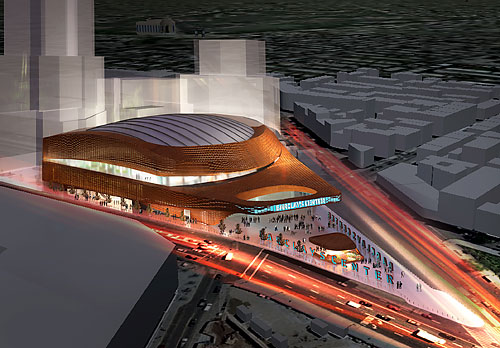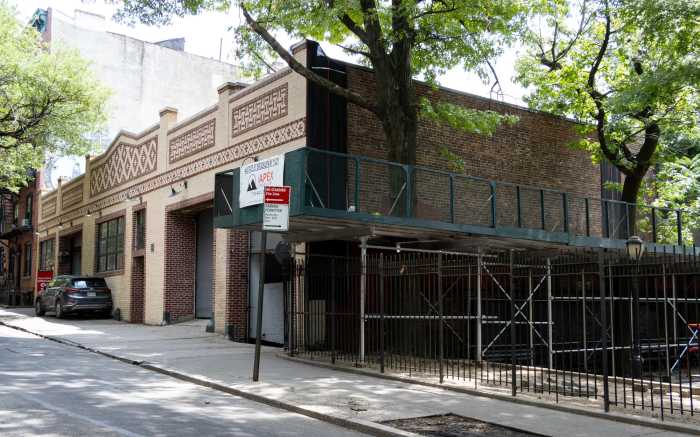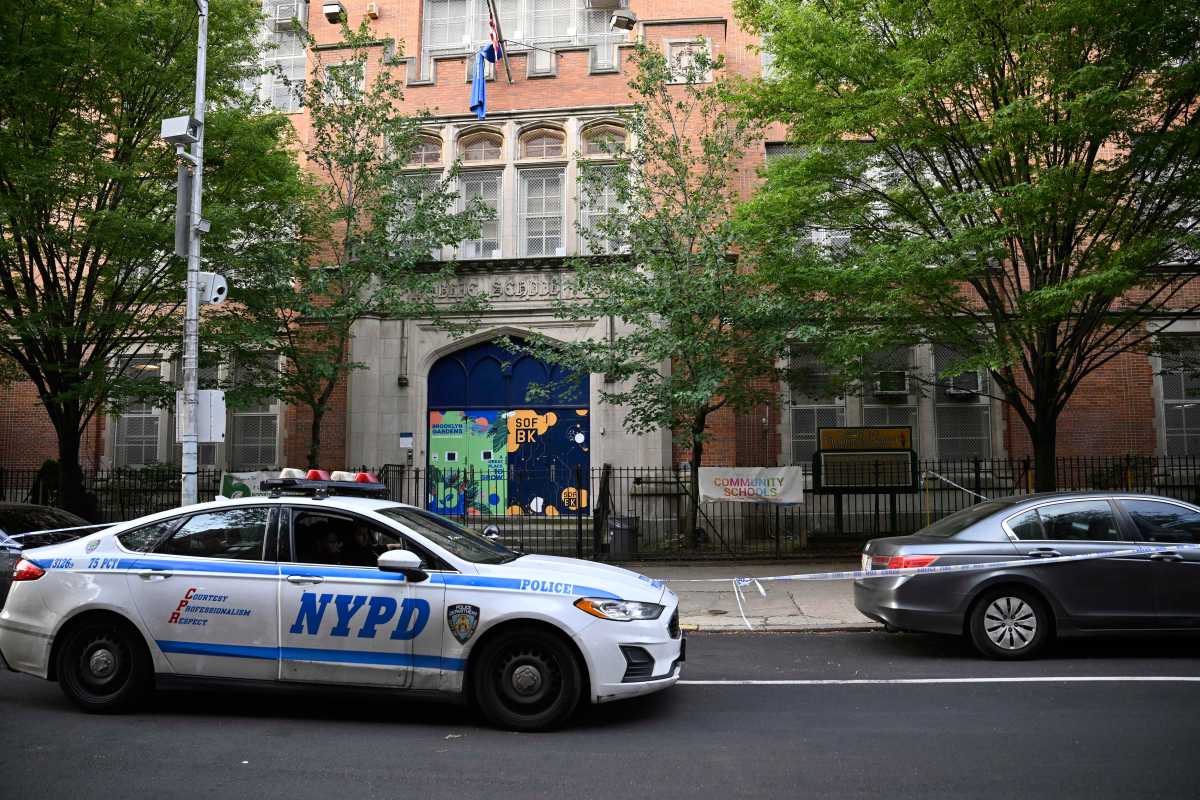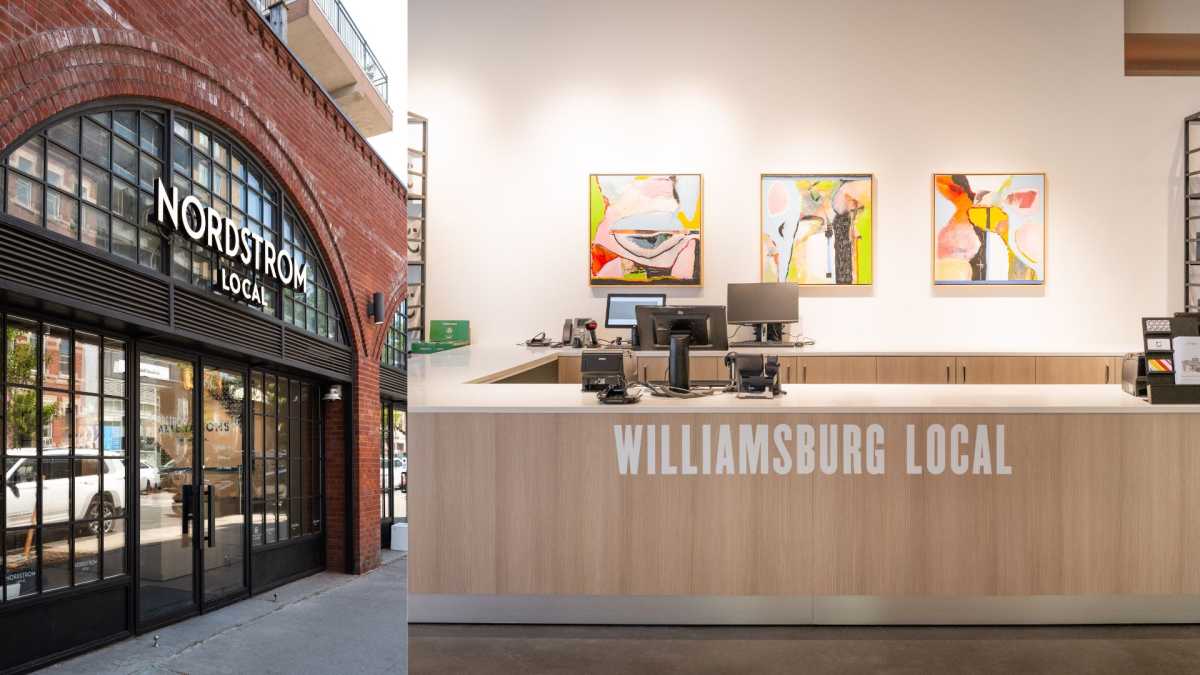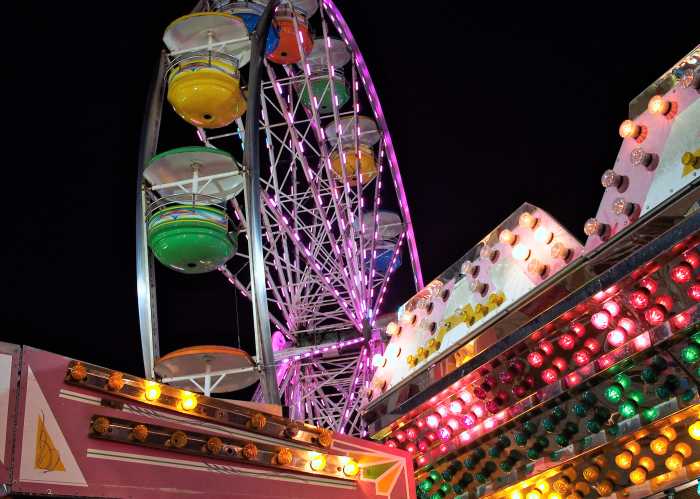Nets fans will get twice as much railway service and about half as many parking spots at the soon-to-open Barclays Center under a plan to box-out street-clogging drivers from neighborhoods near the arena.
The Long Island Rail Road will increase the number of Jamaica Station-bound trains from four to eight between 10 pm and midnight on game nights to keep fans on the rails instead of behind the wheel, transportation officials say.
The added “game trains” — funded by the Metropolitan Transportation Authority’s operational budget — will arrive every 15 minutes and hold roughly 1,000 passengers each, said Charlie McKiernan, a service planner for the Long Island Rail Road.
The MTA will also add four to seven “gap trains” — essentially on-call subway trains — on the Q and 4 lines to in an attempt to prevent post-game gridlock in Prospect Heights, Park Slope, Fort Greene, and other neighborhoods by getting arena-goers to use mass transit.
Stadium builders also say they will cut the number of on-site parking spaces from 1,000 to 541 and provide shuttle bus service on Atlantic Avenue to more distant parking lots. Bike-loving hoops fans will get 400 racks to stow their two-wheelers.
It’s all part of a long-awaited Barclays Center traffic plan released on Tuesday by arena developer Forest City Ratner, transportation consultant Sam Schwartz, and the city that aims to use “marketing and incentives” to convince fans that public transit is the best way to get to the game.
“The message is: Don’t even think about driving,” Schwartz said. “We’re getting people out of cars.”
He added that Nets tickets will be emblazoned with mass transit directions but no info about how to drive to the stadium or park a car.
But Forest City Ratner also said it has abandoned a plan announced last year to offer free subway rides to ticket-holders on game nights, saying technological glitches are standing in the way.
“We did look at that but the technology isn’t there,” Schwartz said.
He said there’s no way to track MetroCards in order to ensure the passes distributed with tickets would actually be used to travel to Barclays Center events.
Planners also considered offering discounted tickets to mass transit riders, but said studies showed many game-goers already have unlimited MetroCards, indicating it wouldn’t be a real incentive, he said.
Some residents said simply adding more trains won’t be enough to deter drivers — and that disincentives are needed, too.
“You need a driving surcharge and high parking rates,” said Gib Veconi of the Prospect Heights Neighborhood Development Council. “[The plan] seems like a lot of marketing without much substance.”
Others neighbors were more upset by the notion of using the MTA’s money — not Atlantic Yards developer Bruce Ratner’s — to provide extra service at Nets games.
“You’re putting a lot of subsidies into a private entity,” said Michael White, a Brooklyn Heights resident. “But is it good for the neighborhood?”
Craig Hammerman of Community Board 6 encouraged neighbors to take advantage of the still-in-the-works transportation plan by weighing in online during a 30-day review process.
“I challenge the community to come up with its own solutions,” he said.


